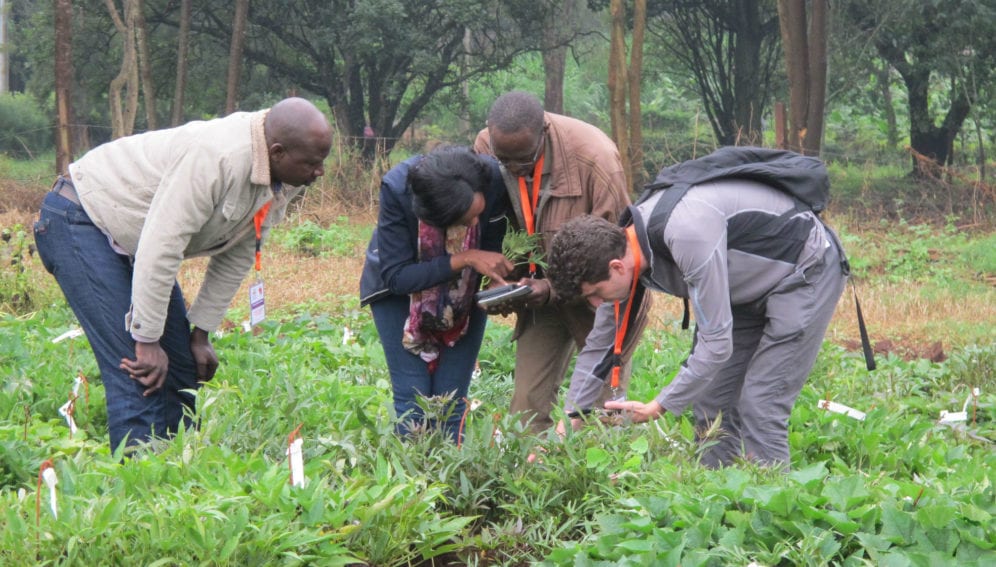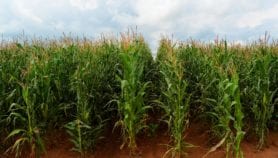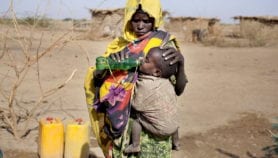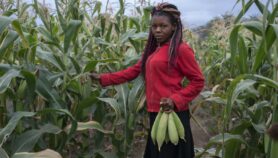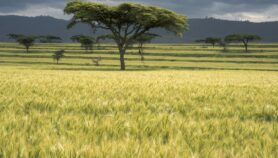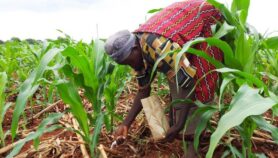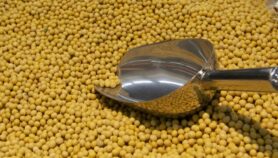By: Gilbert Nakweya
Send to a friend
The details you provide on this page will not be used to send unsolicited email, and will not be sold to a 3rd party. See privacy policy.
[NAIROBI] Scientists should conduct more research to create sweet potato varieties that can withstand floods and help turn the crop into other products to attract the youth to agriculture, a meeting has heard.
The meeting assembled over 100 research scientists and agricultural economists from Sub-Saharan Africa to review progress on sweet potato breeding.
Progress has been made in terms of breeding new potato varieties such as the orange sweet potato that is highly nutritious, and could help fight vitamin A deficiency in children, according to the meeting held in Kenya this month (5-8 June).
“Sweet potato has for long time been underutilised as a food crop in Sub-Saharan Africa but it is gaining prominence.”
Lusike Wasilwa, Kenya Agricultural and Livestock Research Organization
Five new varieties of sweet potato have been released in Kenya and Uganda in the last two years, says Jan Low, an agricultural economist at the International Potato Center (CIP).
Lusike Wasilwa, director of crop systems at the Kenya Agricultural and Livestock Research Organization, tells SciDev.Net, “Sweet potato has for long time been underutilised as a food crop in Sub-Saharan Africa but it is gaining prominence.”
Wasilwa calls for scientists to conduct more research to help use the crop to boost food security in the midst of climate change-related impacts such as floods and prolonged droughts.
The meeting that was convened by the CIP with funding from the Bill and Melinda Gates Foundation brought together sweet potato breeders from Burkina Faso, Burundi, Côte d’Ivoire, Ethiopia, Ghana, Kenya, Madagascar, Malawi, Nigeria, Rwanda, South Africa, Tanzania, Uganda and Zambia.
“We are now faced with floods in most parts of Kenya,” says Wasilwa says, adding that there is a need for sweet potato varieties that can thrive in waterlogged areas.
The experts noted that increased cultivation of sweet potato and diversification of the crop could also attract the youth to agriculture.
Wasilwa cites the production of potato crisps and potato pies for sale as a venture that could attract the youth to the sector.
The experts who attended the meeting say that the continent needs cultivation of sweet potatoes extended to the arid and semi-arid lands (asals) because there are varieties that can withstand dry weather conditions.
“Sweet potato farming can be practiced in different environments even in the highlands as we have cold-resistant varieties,” Low adds.
Cultivation of sweet potatoes in asals and highlands, Low explains, could help increase dairy production by over 20 per cent when the vines are used as fodder.Robert Mwanga, a sweet potato breeder from CIP Uganda, says that Sub-Saharan African governments should invest more in sweet potato farming because it can help solve the burden of malnutrition in children.
Potato, he tells SciDev.Net says, is rich in micronutrients such as zinc, iron and vitamin A. “Vitamin A deficiency can cause blindness in children.”
Mwanga, who won the 2016 World Food Prize with Low and Maria Andrade — a sweet potato breeder based in Mozambique — for their work in creating sweet potato varieties rich in vitamin A, cites Uganda as having 32 per cent vitamin A deficiency prevalence, making it a silent killer of children in the country.
He urges smallholders to increase sweet potato cultivation given that it is easy to grow and has a short maturity period of three months.
This piece was produced by SciDev.Net’s Sub-Saharan Africa English desk.


